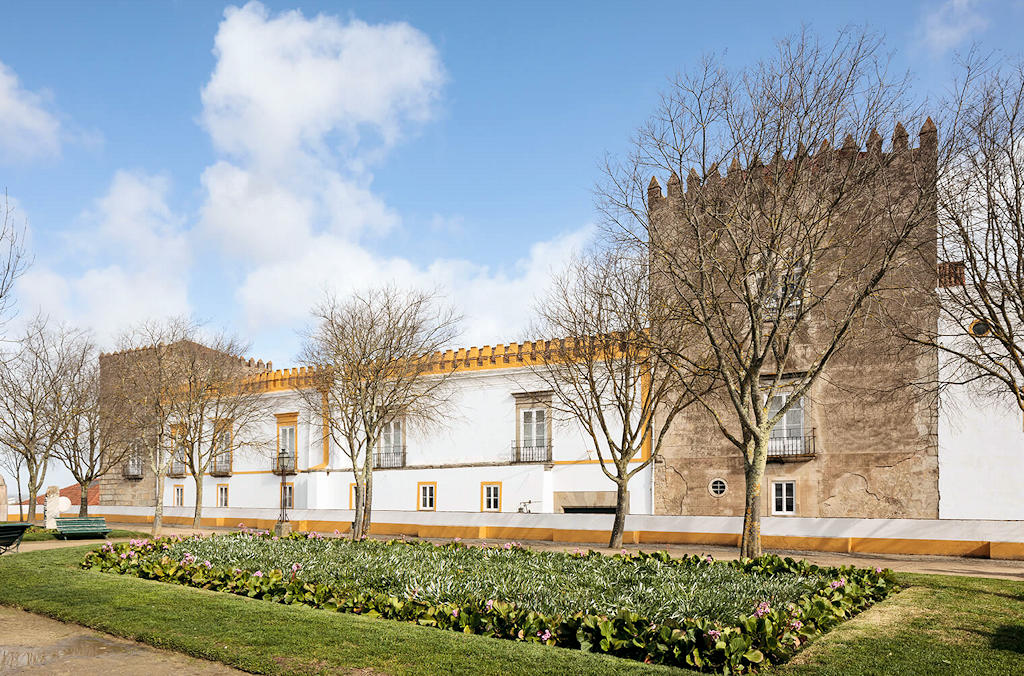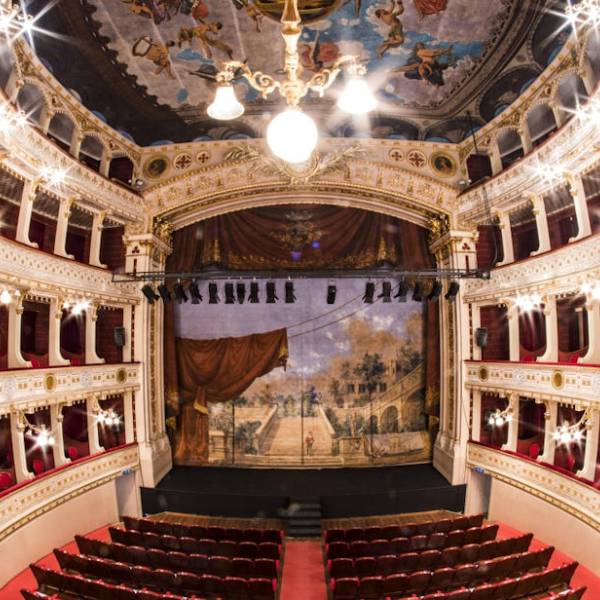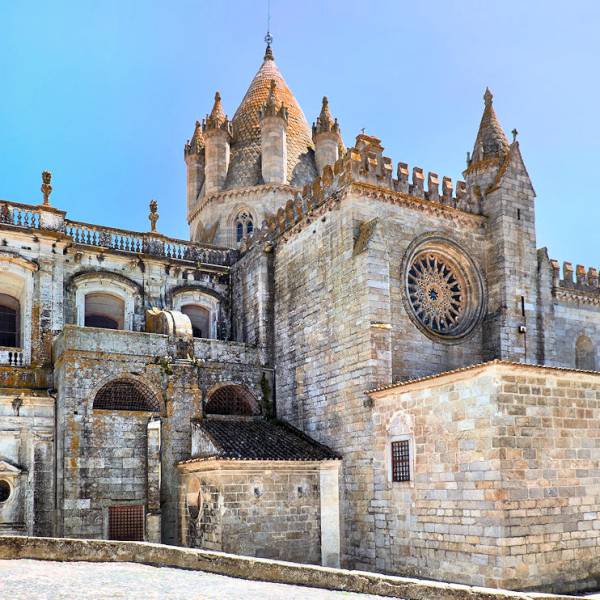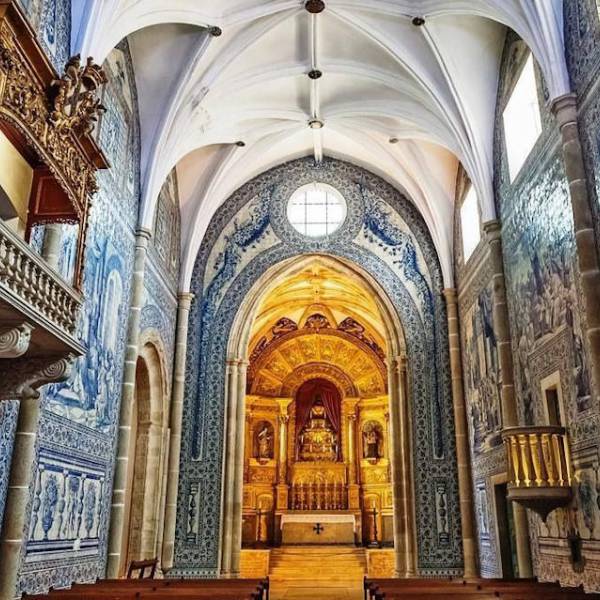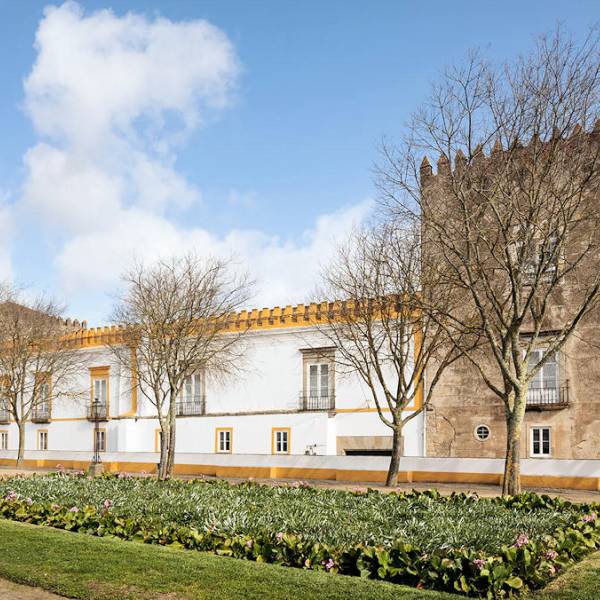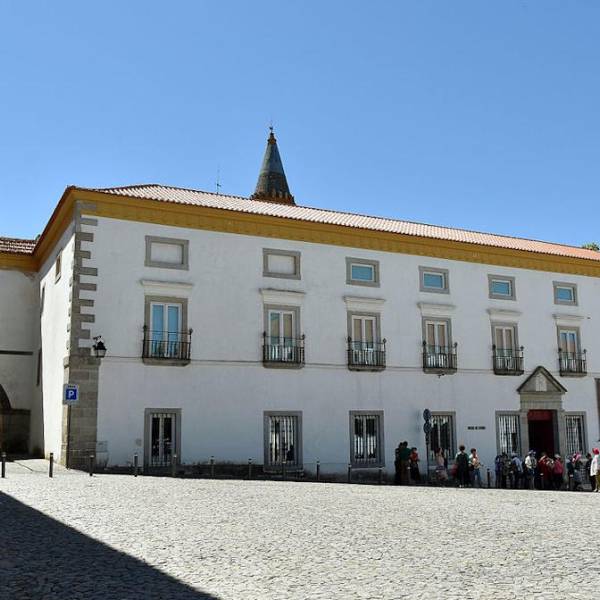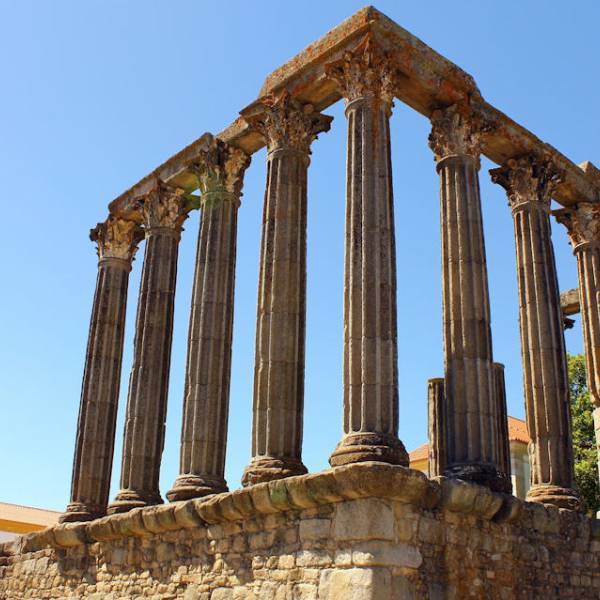Cadaval Palace is a must-visit destination in Évora, particularly for history and architecture enthusiasts. This magnificent palace, owned by the Casa Cadaval since its foundation, showcases an impressive blend of mudéjar, Gothic, and Manueline styles. Its medieval pentagonal tower, known as the Torre das Cinco Quinas, holds the distinction of being a National Monument. From the opulent rooms to the Church of Lóios, the palace offers a captivating exploration of Portugal's cultural heritage and art. With its historical significance and architectural splendor, Cadaval Palace is a recommended day trip from Lisbon for those seeking to immerse themselves in the rich history and artistic legacy of Évora.
One of the most notable features of Cadaval Palace is its medieval pentagonal tower, known as the Torre das Cinco Quinas. This tower, classified as a National Monument since 1920, adds an aura of mystique and intrigue to the palace. Its imposing presence and intricate details leave visitors in awe of the architectural prowess of the past.
Stepping inside the palace, you are greeted by a series of opulent rooms and halls that have witnessed significant historical events. It was within these walls that several Portuguese monarchs, including Dom João II, Dom João IV, and Dom João V, temporarily resided, further accentuating the palace's historical importance. However, Cadaval Palace is not only a testament to the grandeur of the monarchy but also to the struggles and tragedies of the time.
On May 29, 1483, within the confines of Cadaval Palace, Fernando II, Duke of Bragança, was imprisoned and subsequently dragged to his death by the order of Dom João II of Portugal. This event adds a layer of poignant history to the palace, reminding visitors of the complex dynamics of power and the turbulent times it witnessed.
The significance of Cadaval Palace extends beyond its architectural beauty and historical events. It serves as a cultural repository, housing the exhibition rooms of Casa Cadaval. Here, visitors can explore a collection of illuminated manuscripts, sculptures, paintings, and weaponry dating back to the 15th to 18th centuries. These artifacts offer a fascinating glimpse into the artistic and cultural heritage of the region, allowing visitors to immerse themselves in the rich tapestry of the past.
Lisbon.vip Recommends
Furthermore, the palace's picturesque gardens beckon visitors to take a leisurely stroll and appreciate the tranquility and natural beauty of the surroundings. Adjacent to the gardens is the delightful Jardim do Paço, a restaurant with an inviting terrace, providing visitors with the opportunity to savor local cuisine while enjoying the palace's majestic ambiance.
Today, Cadaval Palace continues to captivate visitors from around the world. Its historical significance, architectural grandeur, and cultural offerings make it a recommended day trip from Lisbon. Whether you are an architecture enthusiast, a history buff, or an avid art lover, Cadaval Palace promises an immersive experience that transports you back in time and leaves an indelible impression of Évora's rich cultural legacy.
Map View


